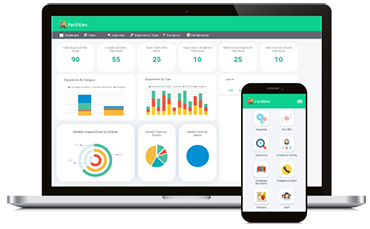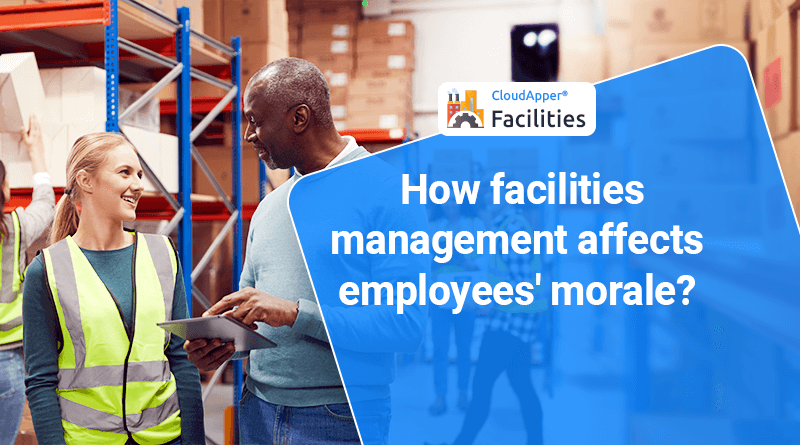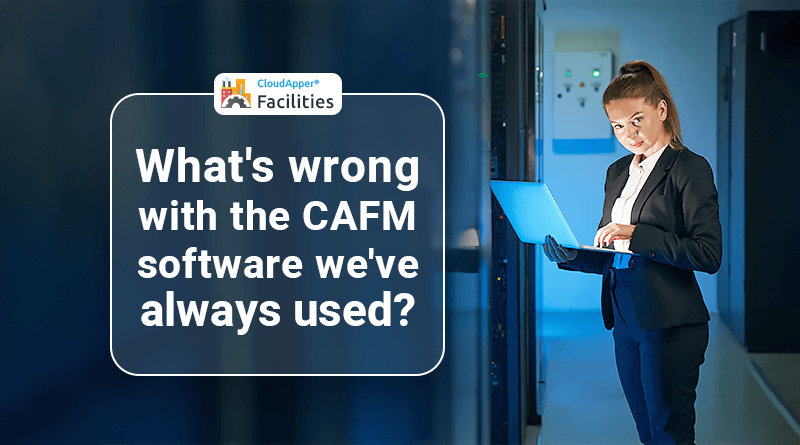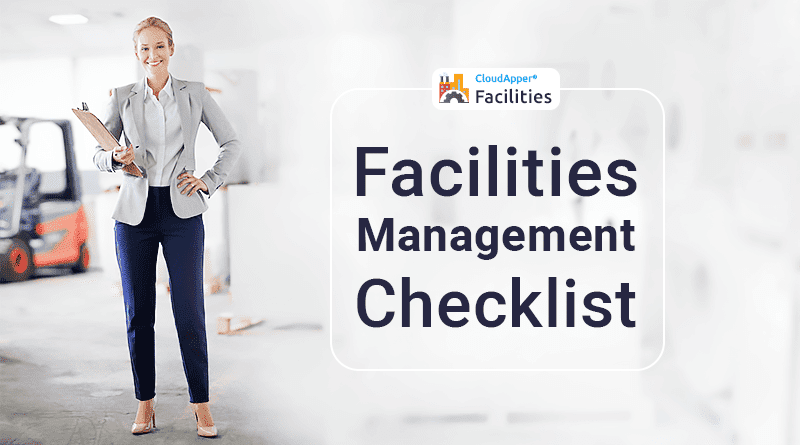The expenses for unreliability are an overview of the cost of system failure described annually for a production facility as being reduced to a series of block diagrams for simplicity. It examines the production system and minimizes the complexity of a series system where the failure of a single item/equipment/system/processing complex causes the loss of productive output and the total fault costs involved.
If the system is sold out, the cost of unreliability must include all necessary commercial charges, such as lost gross margin plus repair costs, scrap, and so on. If the system is not sold out and make-up time is available during the financial year, the gross margin lost as a result of the failure cannot be included. The cost of unreliability is a management concern linked to time and money, two of management’s favorite measures.
Why Reduce Unreliability?
Failures in private business must be addressed from a financial standpoint rather than a gear-head perspective of merely counting the number of failures; and you must speak the business language, which defines occurrences in monetary terms over time.
The annual cost of failures is usually not stated in a clear cut manner, nor are failure costs summarized by system/sub-system to identify the weak links monetarily so that appropriate action can be taken to reduce the annual cost of unreliability by building a clear Pareto distribution to attack the vital (high cost) areas with an action plan to reduce failures (unreliability) and to reduce the annual cost of unreliability
When to Plan for Eliminating Unreliability
This might be a design criterion for a new plant to limit unreliability costs for competitive reasons in the marketplace, i.e., the hidden costs of failures are made visible as part of the strategic plan. This can be an exercise in identifying the cost of unreliability and developing a long-term plan to lower the cost of failures as part of the tactical plan for an existing plant.
Who Should Plan to Reduce Unreliability?
This activity is best carried out with a high level of management engagement to provide a fundamental grasp of the extent of the icebergs ready to rip out the plant’s underbelly and to engage the organization in a strategy to decrease costs so that profits are pushed upward due to the improvements. If the cost of unreliability cannot be lowered, the costs become an extra weight in the saddlebags as the race for survival progresses.
Access Building Information On Demand
A vital component of facilities management that has never been addressed is quick access to building information. Regardless of your location… Whether it’s a hospital facility, a tech complex, a college campus, a ballpark, or a stadium, about 70% of commercial buildings in the United States still save their construction plans and operations and maintenance information on paper. To conserve space, the rest have digitized the plans. Information is still locked up in documents, regardless of how you look at it.
Worse, the majority of it is encased in paper.
Here’s a basic fact: whether you’re on a normal maintenance call or dealing with a life-threatening emergency, getting to the gas, water, or electricity, a great deal of time is used up just getting to that drawing.
This would be one thing if you’re in a small building, but if you are on a college campus, an industrial complex, a school district, or a big region, you must first travel to the central repository to locate the drawing. That alone can take ten, twenty, thirty, or even more minutes… Meanwhile, the costs of the failure or catastrophe continue to rise! According to statistics, technicians spend an average of 2 to 3 hours on large campuses and commercial complexes looking for information.
Another aspect that is frequently overlooked is this one. All of the construction documents are grouped together in the document storage repository, making access even more difficult. Whether you require current building information for maintenance, historical information for retrofits, or emergency and life safety information, you’ll find it difficult to discover what you need quickly. What if these materials were meticulously structured and indexed so that they could be quickly accessed for specific purposes?
The wait has come to an end. We may now access the exact documents we need using the CloudApper Facilities mobile app. Upon request. This is a game-changer for facility professionals in the field. More critically, this data may be exchanged with your ERP or legacy systems using some of the latest UI and UX technologies.
Consider a campus maintenance technician who is dealing with a malfunctioning air handler in building # 12. Time is of importance once more. Returning to the main campus to obtain information needed to place an order for service is a waste of time. Eliminating “travel” time means, the technician can solve the problem right away.
CloudApper Facilities work order management feature ensures that facilities workers are always on the move because any wasted movement is a loss. You won’t be able to reclaim that time. Consider how fast access to building information could revolutionize the way facilities professionals work on a regular basis!
What is CloudApper AI Platform?
CloudApper AI is an advanced platform that enables organizations to integrate AI into their existing enterprise systems effortlessly, without the need for technical expertise, costly development, or upgrading the underlying infrastructure. By transforming legacy systems into AI-capable solutions, CloudApper allows companies to harness the power of Generative AI quickly and efficiently. This approach has been successfully implemented with leading systems like UKG, Workday, Oracle, Paradox, Amazon AWS Bedrock and can be applied across various industries, helping businesses enhance productivity, automate processes, and gain deeper insights without the usual complexities. With CloudApper AI, you can start experiencing the transformative benefits of AI today. Learn More


















